

Articles
What Is The Importance Of Ladder Safety
Modified: October 18, 2024
Discover the importance of ladder safety through our informative articles. Stay informed and ensure your safety when working at heights.
(Many of the links in this article redirect to a specific reviewed product. Your purchase of these products through affiliate links helps to generate commission for Storables.com, at no extra cost. Learn more)
Introduction
When it comes to occupational safety, there are certain tools and equipment that pose potential risks if not used correctly. Ladders are one such example, and ladder safety is of utmost importance in any workplace or home setting.
According to the Occupational Safety and Health Administration (OSHA), falls from ladders account for a significant number of injuries and fatalities every year. These accidents can lead to serious consequences, ranging from broken bones to permanent disabilities and even death.
Understanding the importance of ladder safety is crucial for employers, employees, and homeowners alike. By adhering to safety guidelines and implementing proactive measures, we can minimize the risks associated with using ladders and create a safer working environment.
This article delves into the significance of ladder safety, highlights the risks and hazards associated with ladders, discusses how to prevent accidents and injuries, and emphasizes the importance of proper use, maintenance, and training to ensure a culture of safety.
Key Takeaways:
- Prioritizing ladder safety is crucial for preventing falls, promoting worker well-being, and ensuring legal compliance. It also leads to cost savings and enhanced efficiency in various work settings.
- Understanding the risks and hazards associated with ladders, implementing preventive measures, and fostering a culture of safety are essential for creating a safer working environment.
Read more: What Is A Ladder
Importance of Ladder Safety
Ladder safety is not only essential for preventing accidents and injuries but also for promoting productivity and efficiency in the workplace. Here are some key reasons why ladder safety should be a top priority:
- Prevention of Falls: One of the primary reasons for emphasizing ladder safety is to prevent falls. Falls from ladders can cause severe injuries, including fractures, sprains, and head trauma. By following safety protocols and using ladders correctly, we can significantly reduce the risk of falls and their associated consequences.
- Worker Well-being: Ensuring ladder safety demonstrates a commitment to the well-being and welfare of workers. By providing a safe environment and the necessary training, organizations can instill confidence in their employees and enhance morale. This fosters a positive work environment where employees feel valued and are motivated to perform their tasks effectively.
- Legal Compliance: Compliance with occupational safety regulations and standards is paramount for any organization. Failure to adhere to ladder safety guidelines can result in legal repercussions, penalties, and liabilities. By prioritizing ladder safety and following the requisite standards, businesses can avoid legal issues and maintain a good reputation in the industry.
- Cost Savings: Preventing accidents and injuries associated with ladder use can have a substantial impact on cost savings for individuals and organizations. Lost productivity, medical expenses, and potential legal fees can prove to be significant financial burdens. By investing in ladder safety measures, these costs can be significantly reduced, leading to long-term savings.
- Enhanced Efficiency: Utilizing ladders safely and efficiently improves overall work efficiency. When workers are confident in their knowledge of ladder safety and are equipped with appropriate training, they can carry out their tasks effectively and efficiently. This helps to streamline work processes, minimize downtime, and optimize productivity.
Overall, recognizing the importance of ladder safety is crucial for the well-being of workers, the financial stability of organizations, and the adherence to legal regulations. Implementing proper safety measures and fostering a culture of safety can go a long way in preventing accidents, ensuring worker satisfaction, and promoting productivity in various work settings.
Risks and Hazards Associated with Ladders
Ladders, while incredibly useful tools for reaching elevated areas, can pose various risks and hazards if not used properly. Understanding these risks is vital for promoting ladder safety. Here are some of the common hazards associated with ladders:
- Falls: Falls are the most significant risk when it comes to ladder usage. Improper ladder setup, overreaching, or losing balance while climbing can cause individuals to fall from heights, resulting in serious injuries or even fatalities.
- Instability: Ladders can be unstable if not positioned correctly or if used on uneven surfaces. Uneven ground, slippery conditions, or inadequate ladder support can lead to ladder instability, increasing the risk of falls.
- Overloading: Ladders have weight limitations that should be strictly adhered to. Overloading a ladder can lead to structural failure, causing the ladder to collapse and resulting in injuries to the user or bystanders.
- Misuse and Improper Handling: Misusing ladders or handling them incorrectly can lead to accidents. This includes using the ladder for purposes it was not designed for, such as standing on the top rungs or placing objects on the ladder steps, which can cause loss of balance and falls.
- Electrical Hazards: When working with ladders near electrical equipment or power lines, there is a risk of electrical shock or electrocution. Failure to maintain a safe distance from live electrical sources can have severe and potentially deadly consequences.
- Structural Integrity: Ladders that are damaged, worn out, or lack proper maintenance can pose significant risks. Weak or faulty ladder rungs, missing or loose screws, and broken ladder components can compromise ladder stability, leading to accidents.
- Lack of Training and Knowledge: Inadequate training on ladder safety and lack of knowledge about proper ladder usage can contribute to accidents. Without proper training, individuals may not be aware of the correct positioning, climbing techniques, or weight limitations, increasing the chances of accidents occurring.
Being aware of these risks and hazards is crucial in preventing ladder accidents. By addressing these factors and implementing appropriate safety measures, such as regular inspections, proper training, and adherence to safety guidelines, individuals and organizations can minimize the risks associated with ladder usage and ensure a safer working environment.
Preventing Accidents and Injuries
Preventing accidents and injuries associated with ladder use is essential for ensuring the safety and well-being of workers and individuals. Here are some key tips and strategies for promoting ladder safety and minimizing the risk of accidents:
- Proper Selection: Choose the appropriate ladder for the task at hand. Consider factors such as height, weight capacity, and type of work to be performed. Using the right ladder ensures stability and reduces the risk of accidents.
- Inspection and Maintenance: Regularly inspect ladders for any signs of damage, wear, or defects. Check for loose rungs, bent or broken parts, or slippery surfaces. Repair or replace any faulty ladders immediately to prevent accidents.
- Setup and Positioning: Follow proper ladder setup techniques. Place the ladder on a stable, level surface, and ensure all feet are secure. Avoid placing ladders near doorways, high traffic areas, or obstacles that could lead to instability or collisions.
- Correct Climbing Procedure: Climb ladders using the three-point contact method, maintaining two hands and one foot, or two feet and one hand on the ladder at all times. Never overreach or lean too far to the side, as it increases the risk of losing balance and falling.
- Use Fall Protection: For tasks that require working at elevated heights for an extended period, consider using fall protection equipment. Safety harnesses, lanyards, and guardrails can provide an extra layer of protection against falls.
- Eliminate Electrical Hazards: Identify and avoid working near live electrical sources or power lines when using ladders. Maintain a safe distance and follow electrical safety guidelines to prevent the risk of electric shock or electrocution.
- Proper Training: Provide comprehensive ladder safety training to all workers. This should include information on ladder selection, setup, climbing techniques, and recognizing and addressing potential hazards. Ensure that workers are knowledgeable and competent in ladder usage before performing any tasks at height.
- Clear Communication: Establish clear communication and protocols for ladder usage in the workplace. Encourage employees to report any ladder defects or hazards they come across, and ensure that supervisors address such issues promptly to prevent accidents.
- Encourage a Safety Culture: Foster a culture of safety in the workplace where ladder safety is prioritized. Encourage open dialogue about safety concerns, regularly conduct safety meetings and training sessions, and reward or recognize individuals or teams that prioritize safety.
By implementing these preventive measures and strategies, individuals and organizations can significantly reduce the risk of ladder accidents and injuries. It is crucial to maintain constant vigilance, promote ongoing training, and regularly review and update safety protocols to ensure a safe working environment for all.
Proper Use and Maintenance of Ladders
Using ladders correctly and ensuring their proper maintenance is crucial for promoting ladder safety. Here are some key guidelines for the proper use and maintenance of ladders:
- Ladder Selection: Choose the appropriate ladder for the task at hand. Consider factors such as height, weight capacity, and the type of work to be performed. Using the right ladder ensures stability and reduces the risk of accidents.
- Ladder Inspection: Before each use, thoroughly inspect the ladder for any signs of damage, wear, or defects. Check for loose rungs, bent or broken parts, or slippery surfaces. Repair or replace any faulty ladders immediately to prevent accidents.
- Setup and Positioning: Follow proper ladder setup techniques. Place the ladder on a stable, level surface, and ensure all feet are secure. If working outdoors, use ladder levelers or leg extenders to accommodate uneven ground and prevent instability.
- Ladder Angle: The ladder should be set at a proper angle for optimum stability. Use the “1:4 rule” as a guideline, ensuring that for every 4 feet of ladder height, the base should be positioned 1 foot away from the wall or vertical surface.
- Climbing Techniques: Practice proper climbing techniques when using ladders. Maintain three-point contact with the ladder at all times, with either two hands and one foot or two feet and one hand on the ladder. Never overreach or lean too far to the side.
- Weight Limit: Respect the weight capacity of the ladder. Overloading the ladder can lead to structural failure and accidents. Consider the weight of the user, as well as any tools or equipment being carried while using the ladder.
- Avoid Slips and Trips: Keep the ladder clear of any clutter, debris, or slippery substances that might cause slips or trips. Ensure that the ground around the ladder is free of any hazards or obstacles that could lead to accidents.
- Storage: Store ladders in a clean and dry place, away from direct sunlight, extreme temperatures, or corrosive substances. Proper storage helps ensure the longevity and integrity of the ladder.
- Regular Cleaning: Clean ladders regularly to remove dirt, grease, or other substances that might make surfaces slippery. Use non-abrasive cleaning agents and avoid using ladders as makeshift workbenches or storage shelves.
- Periodic Maintenance: Conduct regular maintenance checks on ladders. Tighten any loose screws or bolts, lubricate moving parts, and replace worn-out or damaged components. Following the manufacturer’s instructions for maintenance is crucial.
By following these guidelines and incorporating them into your ladder use and maintenance routine, you can greatly enhance ladder safety and minimize the risks associated with ladder accidents. Proper use and maintenance ensure the longevity of your ladders and create a safer working environment for all individuals.
Always inspect the ladder before use for any damage or defects. Make sure it is on a stable surface and never stand on the top two rungs. Use a tool belt to carry items, and always maintain three points of contact while climbing.
Read more: What Is A Rung Of A Ladder
Training and Education on Ladder Safety
Proper training and education on ladder safety are essential for ensuring the competence and awareness of individuals who use ladders. By equipping workers with the necessary knowledge and skills, organizations can prevent accidents and create a culture of safety. Here are some key elements of effective ladder safety training and education:
- Identification of Hazards: Training should focus on helping individuals recognize potential hazards associated with ladder use. This includes understanding stability issues, electrical hazards, overloading risks, and common mistakes that can lead to accidents.
- Ladder Selection: Proper training should cover the selection of the right ladder for specific tasks. This includes understanding weight capacity, ladder materials, and ladder types, such as stepladders, extension ladders, or platform ladders.
- Proper Setup and Positioning: Individuals should be trained on how to set up ladders correctly, ensuring proper positioning and stability. This includes guidelines for positioning ladders on stable surfaces, using ladder levelers on uneven ground, and securing ladders to prevent slipping or movement.
- Climbing Techniques: Training should emphasize safe climbing techniques to minimize the risk of falling. This includes maintaining three-point contact on the ladder, avoiding overreaching, and using grab bars or ladder extensions when necessary.
- Weight Limits and Load Management: Individuals should be educated on the weight limits of ladders and the importance of not exceeding these limits. Training should cover proper load management and how to safely carry tools and equipment when using ladders.
- Fall Protection Measures: Training should cover the use of fall protection equipment, such as harnesses, lanyards, or guardrails, when working at elevated heights for an extended period. Individuals should be aware of when and how to use these devices to mitigate the risk of falls.
- Emergency Procedures: Training should include emergency procedures in the event of an accident or fall. Individuals should be educated on how to respond, provide first aid, and seek medical assistance promptly.
- Supervision and Communication: Supervisors and managers should be trained on effectively supervising ladder usage, providing guidance, and promoting open communication regarding ladder safety concerns. This helps maintain a safe working environment and encourages reporting of hazards.
- Refresher Training: Regular refresher training sessions should be conducted to reinforce ladder safety practices and ensure that individuals stay updated on any new regulations, standards, or best practices related to ladder safety.
By investing in comprehensive ladder safety training and education, organizations can empower individuals with the knowledge and skills necessary to minimize the risk of ladder accidents. Ongoing training and evaluation ensure that individuals remain competent and vigilant in ladder usage, leading to a safer workplace for everyone involved.
Regulatory Standards and Guidelines
Regulatory standards and guidelines play a crucial role in promoting ladder safety and ensuring a safe working environment. These standards are established by organizations such as the Occupational Safety and Health Administration (OSHA) in the United States and other regulatory bodies worldwide. Compliance with these standards is essential for maintaining workplace safety. Here are some key aspects of ladder safety regulations:
- General Requirements: Regulatory standards outline general requirements for ladder safety. These standards may include specifications for ladder design, construction, and materials, as well as weight capacities and stability criteria.
- Safe Use Guidelines: Regulatory bodies provide guidelines for the safe use of ladders. This includes proper ladder setup, climbing techniques, avoiding ladder misuse, eliminating hazards in the ladder’s surroundings, and using appropriate personal protective equipment (PPE).
- Training and Education: Regulatory standards emphasize the importance of training and education on ladder safety. They often require employers to provide comprehensive training programs for employees on ladder usage, hazard identification, and emergency procedures.
- Inspections and Maintenance: Regulatory bodies may outline requirements for regular ladder inspections and maintenance. This includes checking for defects, damage, or wear, and implementing proper maintenance measures to ensure the integrity and safety of ladders.
- Fall Protection: Some regulations may require the use of fall protection measures when working at elevated heights for an extended period. This includes the use of safety harnesses, guardrails, or personal fall arrest systems (PFAS) to prevent falls from ladders.
- Electrical Safety: Safety standards often include guidelines for working with ladders near electrical equipment or power lines. These guidelines aim to prevent electrical hazards and may require maintaining a safe distance or implementing insulation measures.
- Recordkeeping: Regulatory bodies may require employers to maintain records of ladder inspections, maintenance activities, and training programs. These records serve as evidence of compliance and can be used for audits or inspections.
- Industry-Specific Regulations: Certain industries may have specific ladder safety regulations tailored to their unique needs. For example, construction sites may have additional requirements for scaffolding or ladder use due to the complexity of the work involved.
- International Standards: In addition to regional regulations, there are also international standards, such as the ISO 14122 series, which provides guidelines for safe access to machinery and other elevated areas. These standards aim to harmonize ladder safety practices across different countries.
It is crucial for organizations to stay updated on the latest regulatory standards and guidelines related to ladder safety. Compliance with these regulations not only ensures legal adherence but also promotes a safe working environment for employees and reduces the risk of ladder accidents and injuries.
Personal Protective Equipment (PPE) for Ladder Safety
Personal Protective Equipment (PPE) plays a critical role in ladder safety by providing an additional layer of protection for workers. While proper ladder usage and adherence to safety protocols are essential, utilizing the right PPE can further minimize the risk of accidents and injuries. Here are some key types of PPE commonly used for ladder safety:
- Safety Harness and Lanyard: For tasks that require working at elevated heights for an extended period, safety harnesses and lanyards are used as fall protection equipment. These devices secure the worker to an anchorage point, preventing them from falling in the event of a slip or loss of balance.
- Hard Hat: Wearing a hard hat is crucial when using ladders, especially in construction or industrial settings. It provides protection against falling objects or impacts that may occur during ladder ascents or when working at heights.
- Gloves: Gloves are essential for ladder safety, as they provide better grip and protect hands from injuries, cuts, or abrasions. Non-slip gloves made from materials like rubber or neoprene enhance stability and reduce the risk of accidents caused by slipping feet or hands.
- Footwear: Proper footwear is crucial for ladder safety. Slip-resistant soles with good traction are essential to prevent slips and falls. Sturdy work boots or shoes with reinforced toes provide protection against falling objects or accidental impacts.
- Eye Protection: When working with ladders, it is essential to protect the eyes from potential hazards, such as flying debris or particles. Safety glasses or goggles provide eye protection and prevent injuries that could impair vision while using ladders.
- High-Visibility Vest: In environments where ladder usage is near traffic or in low-light conditions, a high-visibility vest is necessary to ensure workers are easily seen. This reduces the risk of accidents caused by collisions or not being noticed by moving vehicles.
- Respiratory Protection: In some situations, working with ladders may involve exposure to airborne contaminants, dust, or respiratory hazards. Respiratory protection, such as masks or respirators, must be used to ensure the safety and health of workers.
It is crucial to select the appropriate PPE based on the specific requirements and potential hazards associated with ladder tasks. Employers should provide adequate training on the proper use, maintenance, and inspection of PPE, as well as ensure that employees understand when and how to use them during ladder activities.
Remember that PPE alone is not enough to guarantee ladder safety. It should be used in conjunction with safe ladder practices, proper training, and adherence to regulatory standards to create a comprehensive approach to ladder safety in the workplace.
Creating a Culture of Safety in the Workplace
Creating a culture of safety in the workplace is vital for promoting ladder safety and ensuring the well-being of employees. By instilling a collective commitment to safety, organizations can proactively address potential hazards, reduce the risk of accidents, and foster a positive work environment. Here are some key strategies for creating a culture of safety:
- Leadership Commitment: It starts with leadership commitment. Management should prioritize safety and communicate this commitment to employees. Leadership should actively participate in safety initiatives, set an example by following safety protocols, and allocate resources for training and safety measures.
- Employee Engagement: Engage employees in safety initiatives by involving them in safety committees or teams. Encourage their active participation in identifying and addressing safety hazards, sharing feedback, and suggesting improvements. This empowers employees and promotes a sense of ownership in safety practices.
- Educate and Train: Provide comprehensive training and education on ladder safety and general workplace safety. Offer regular refresher courses to reinforce knowledge and ensure that employees are up-to-date on safety protocols. Knowledgeable and trained employees are better equipped to recognize hazards and take proactive measures to mitigate risks.
- Open Communication: Foster a culture of open communication regarding safety. Encourage employees to report safety concerns or potential hazards promptly and without fear of reprisal. Establish a transparent and non-punitive reporting system, and ensure that reported issues are addressed promptly.
- Hazard Identification and Mitigation: Encourage employees to actively identify and report hazards, including those related to ladder safety. Regularly conduct hazard assessments and implement measures to mitigate identified risks. Involve employees in the process of hazard identification, risk assessment, and the development of appropriate control measures.
- Recognition and Rewards: Establish a system for recognizing and rewarding employees who prioritize safety. This can include acknowledging individuals or teams that consistently follow safety protocols, identify hazards, or propose safety improvements. Recognizing and rewarding safe behavior reinforces the importance of safety and encourages others to follow suit.
- Continuous Improvement: Foster a culture of continuous improvement by regularly evaluating and reviewing safety practices. Analyze incidents, near misses, or feedback to identify areas for improvement. Actively seek input from employees on safety measures and implement necessary changes to enhance safety policies and procedures.
- Leading by Example: Leaders should lead by example when it comes to safety. Follow safety protocols, actively participate in safety initiatives, and appropriately address safety concerns raised by employees. Employees are more likely to prioritize safety when they see their leaders doing the same.
- Regular Audits and Inspections: Conduct regular audits and inspections to assess compliance with safety procedures and identify areas for improvement. This helps identify any lapses in ladder safety practices and provides an opportunity to reinforce training and ensure adherence to regulatory standards.
- Continuous Training and Reinforcement: Safety training should be an ongoing process. Regularly reinforce ladder safety training through toolbox talks, safety meetings, or workshops. Continually communicate safety reminders and share success stories related to ladder safety to keep it at the forefront of employees’ minds.
By implementing these strategies, organizations can foster a culture where safety becomes ingrained in daily operations. A strong culture of safety not only reduces the risk of ladder accidents and injuries but also promotes employee well-being, job satisfaction, and overall organizational success.
Conclusion
Ladder safety is not something to be taken lightly. Every year, accidents and injuries occur due to improper ladder usage, resulting in severe consequences for individuals and organizations. However, by recognizing and prioritizing ladder safety, we can significantly reduce the risk of accidents and create a safer working environment.
In this article, we have explored the importance of ladder safety, highlighting the risks and hazards associated with ladder usage. We have discussed preventive measures to prevent accidents and injuries, emphasizing the proper use and maintenance of ladders. Additionally, we emphasized the significance of training and education on ladder safety, as well as compliance with regulatory standards and guidelines.
Creating a culture of safety in the workplace is crucial for promoting ladder safety. By fostering a collective commitment to safety, engaging employees, and providing comprehensive training, organizations can reduce the likelihood of accidents and injuries, enhance productivity, and maintain legal compliance.
Remember, ladder safety is a shared responsibility. It requires the active participation of employers, employees, and individuals using ladders at home. By practicing safe ladder usage, adhering to safety guidelines, and continuously improving our knowledge and skills, we can ensure the well-being of ourselves and those around us.
Let us prioritize ladder safety and work together towards a safer and healthier future. By doing so, we are not only protecting ourselves but also inspiring others to prioritize safety every time they step on a ladder.
Frequently Asked Questions about What Is The Importance Of Ladder Safety
Was this page helpful?
At Storables.com, we guarantee accurate and reliable information. Our content, validated by Expert Board Contributors, is crafted following stringent Editorial Policies. We're committed to providing you with well-researched, expert-backed insights for all your informational needs.

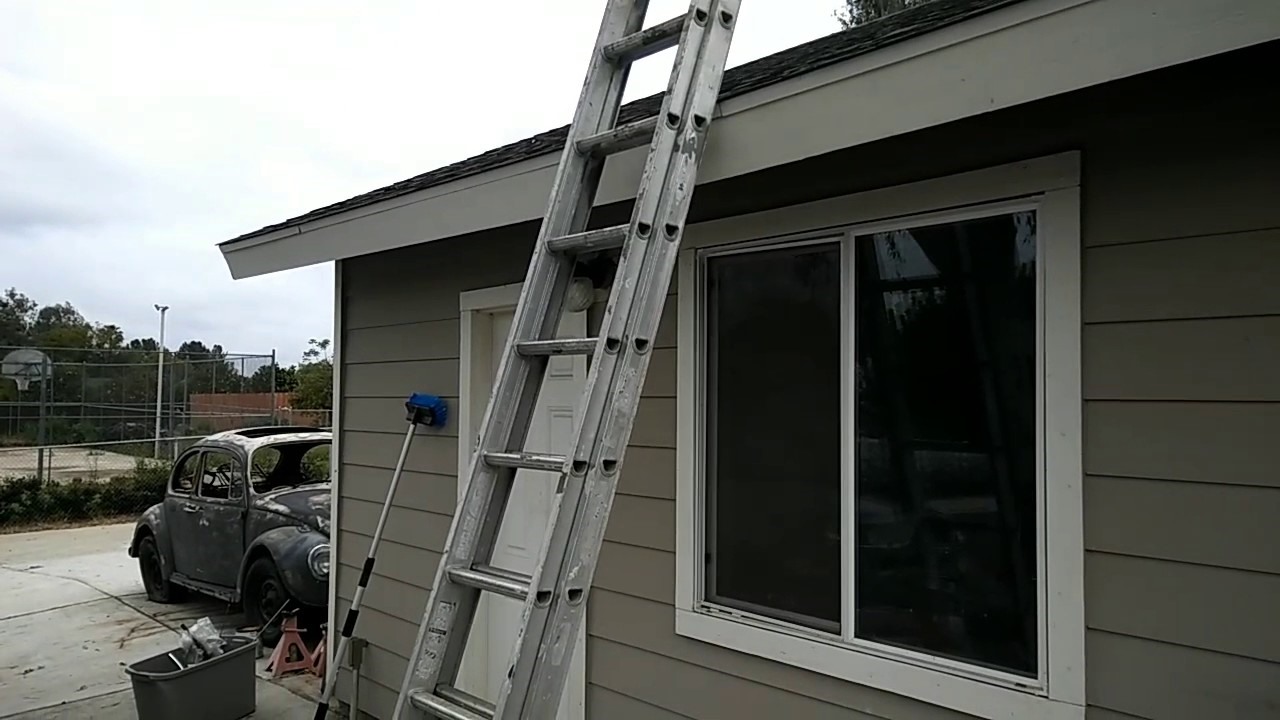
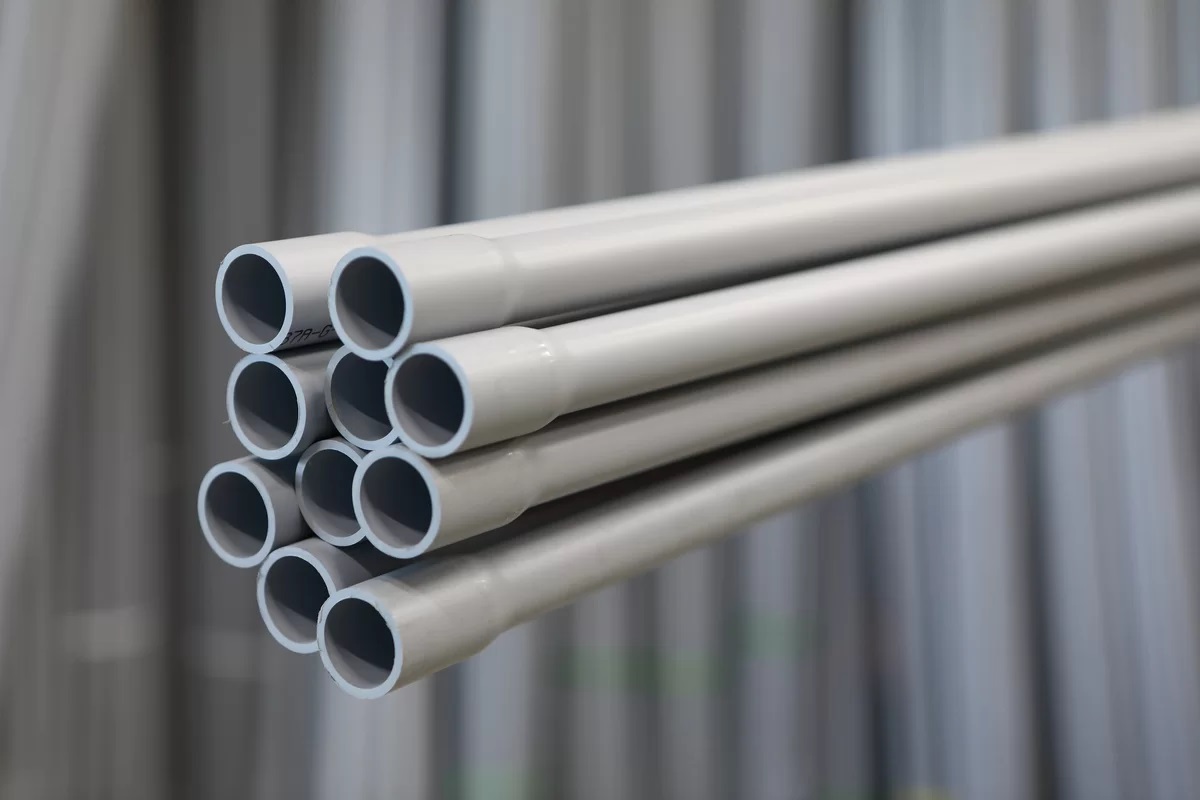

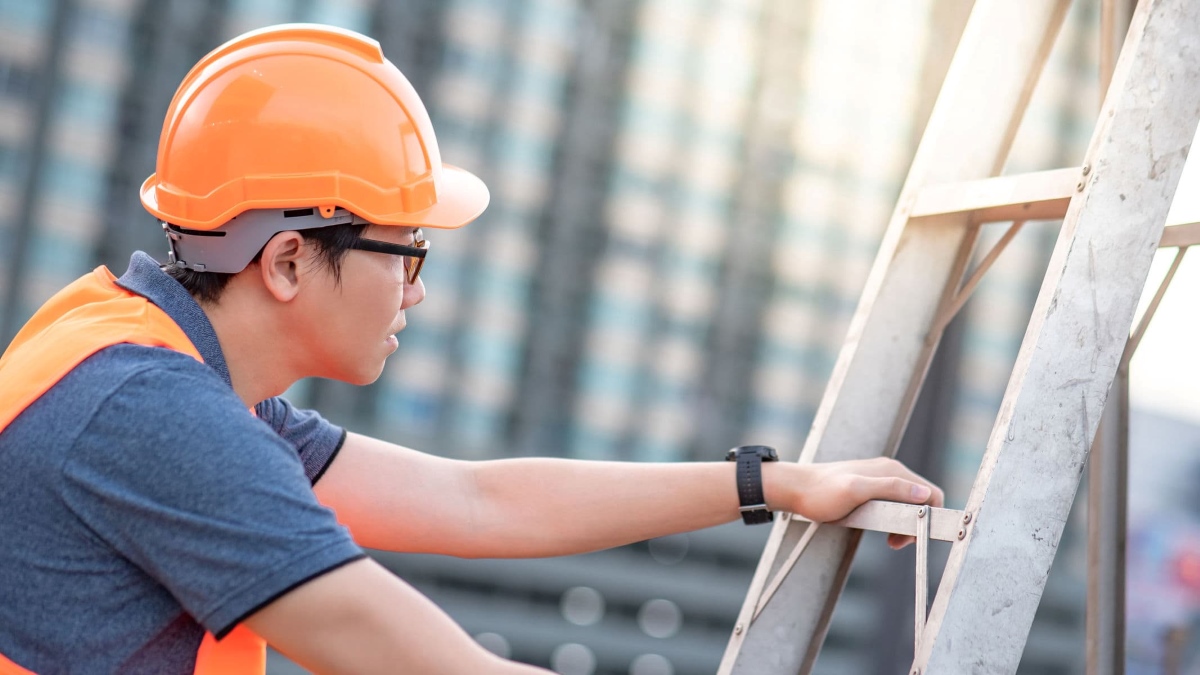
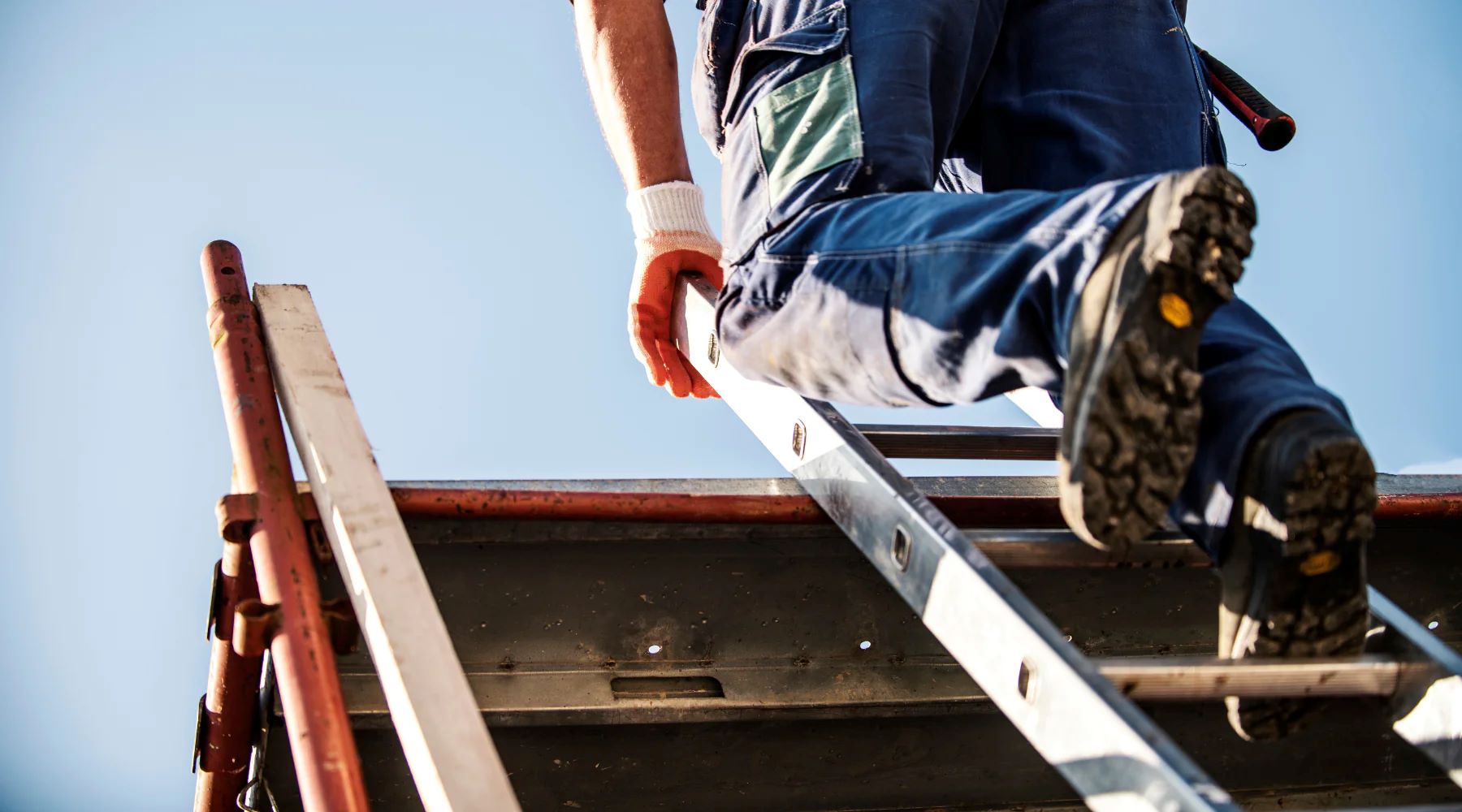
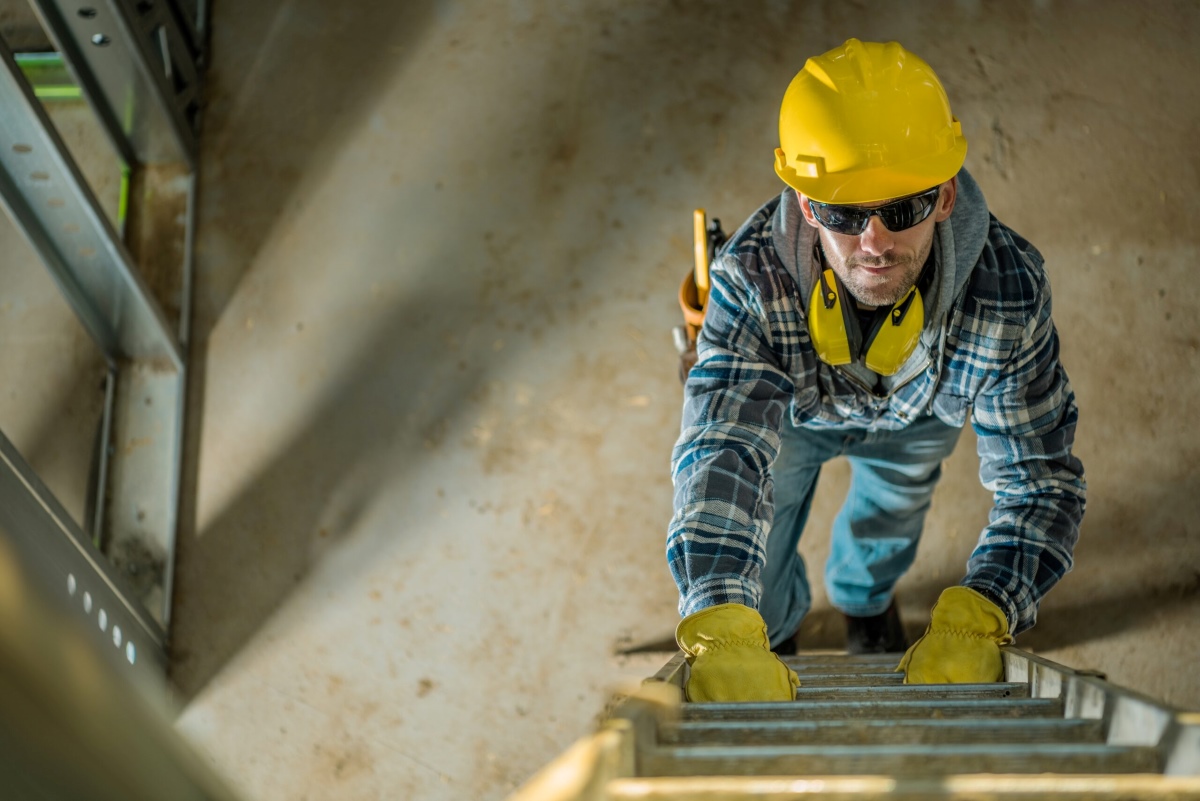
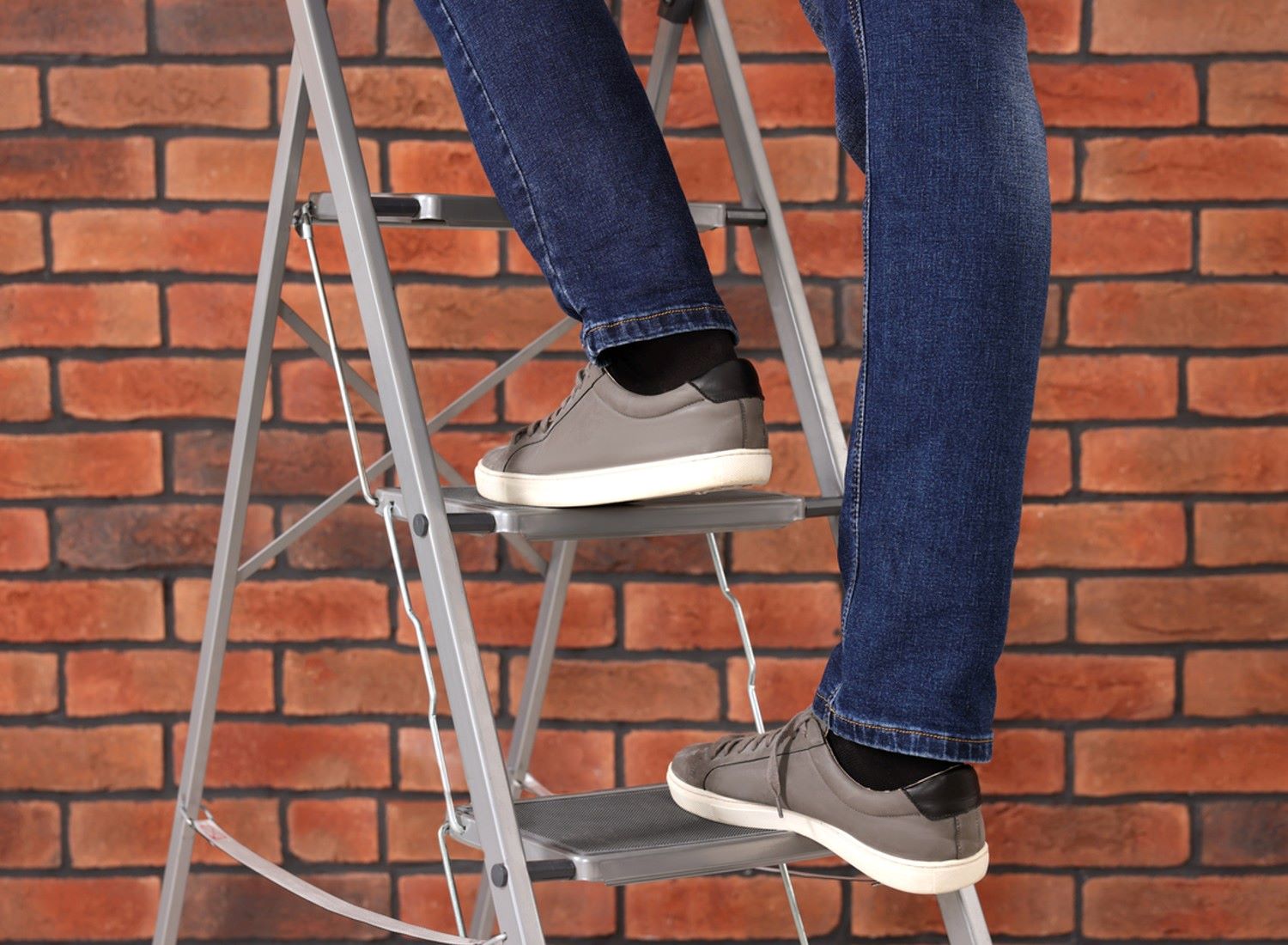
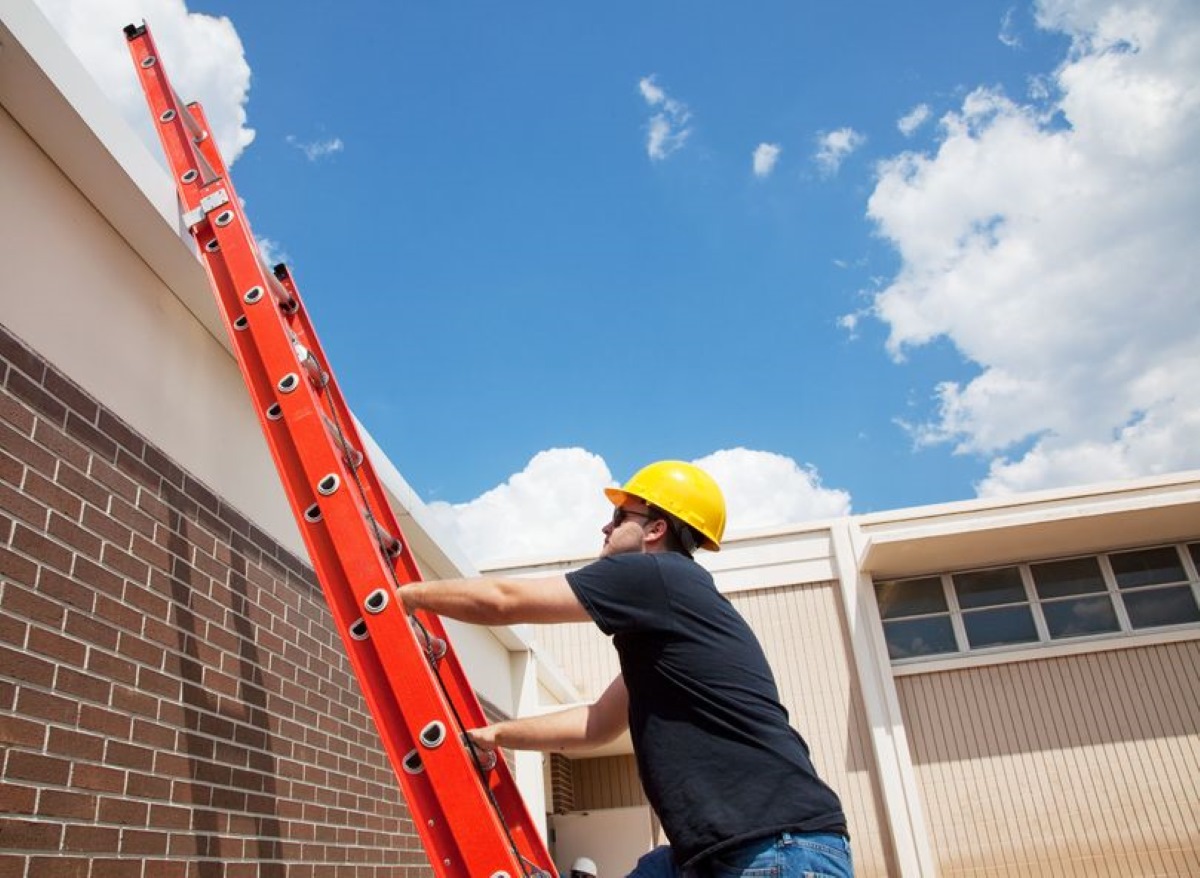

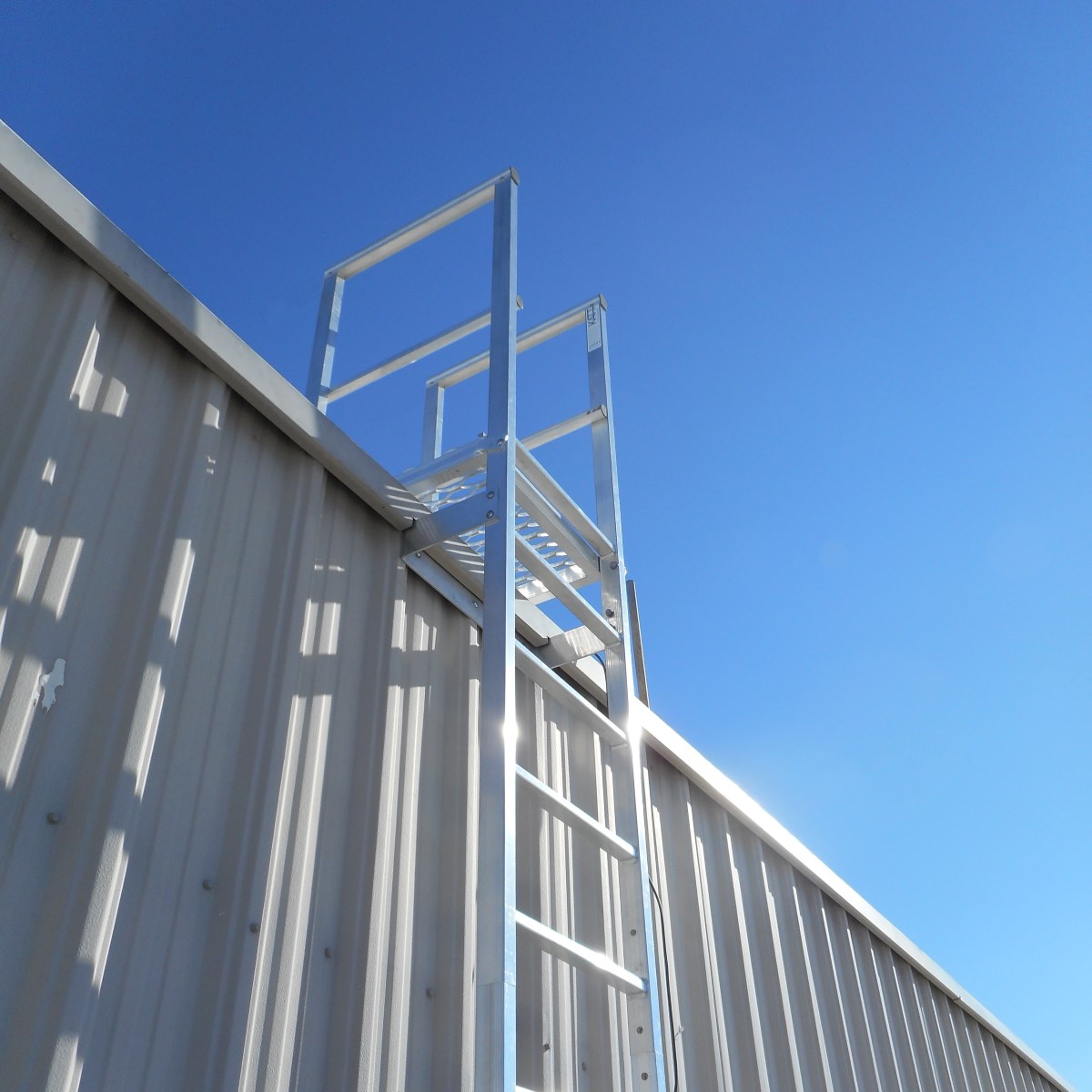

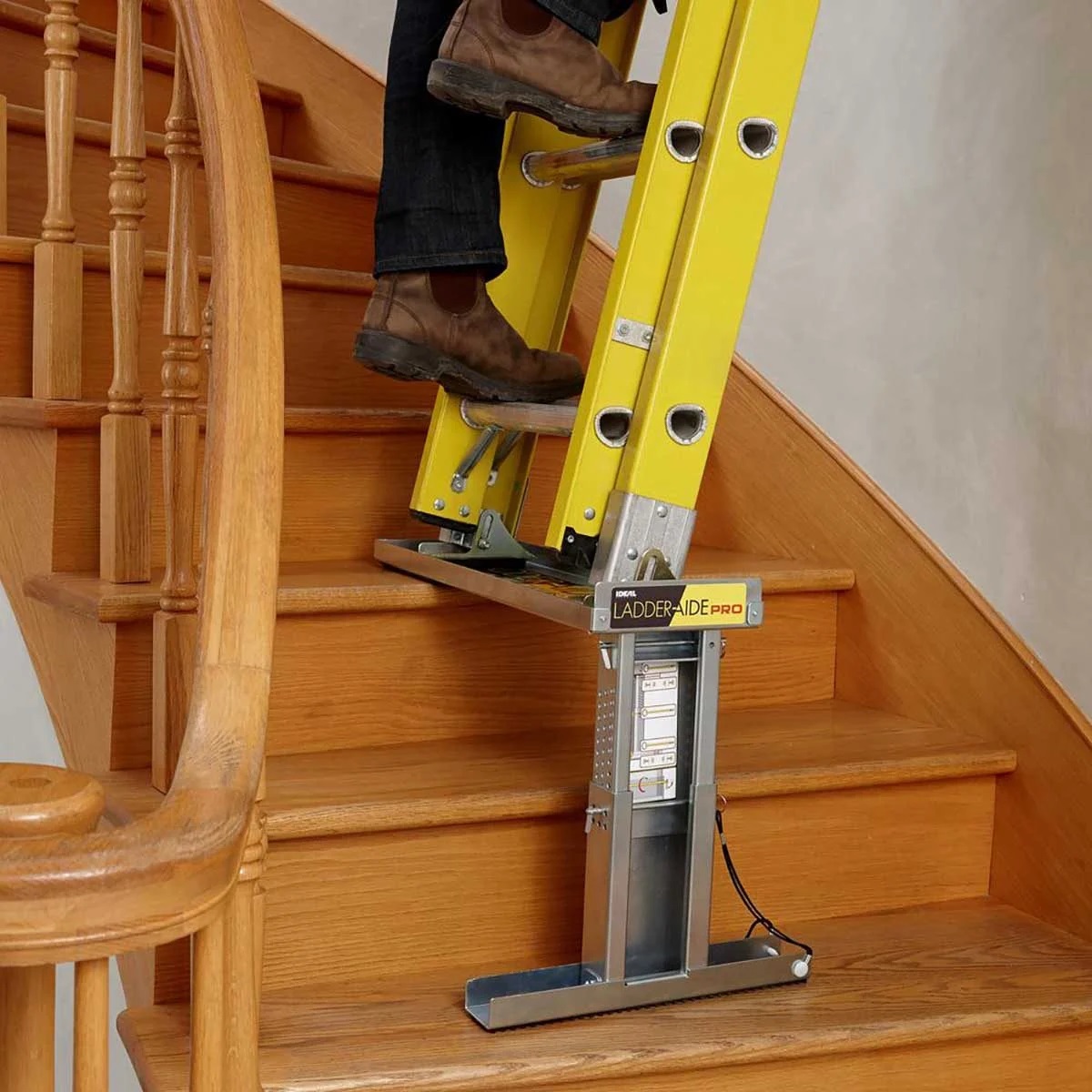

0 thoughts on “What Is The Importance Of Ladder Safety”